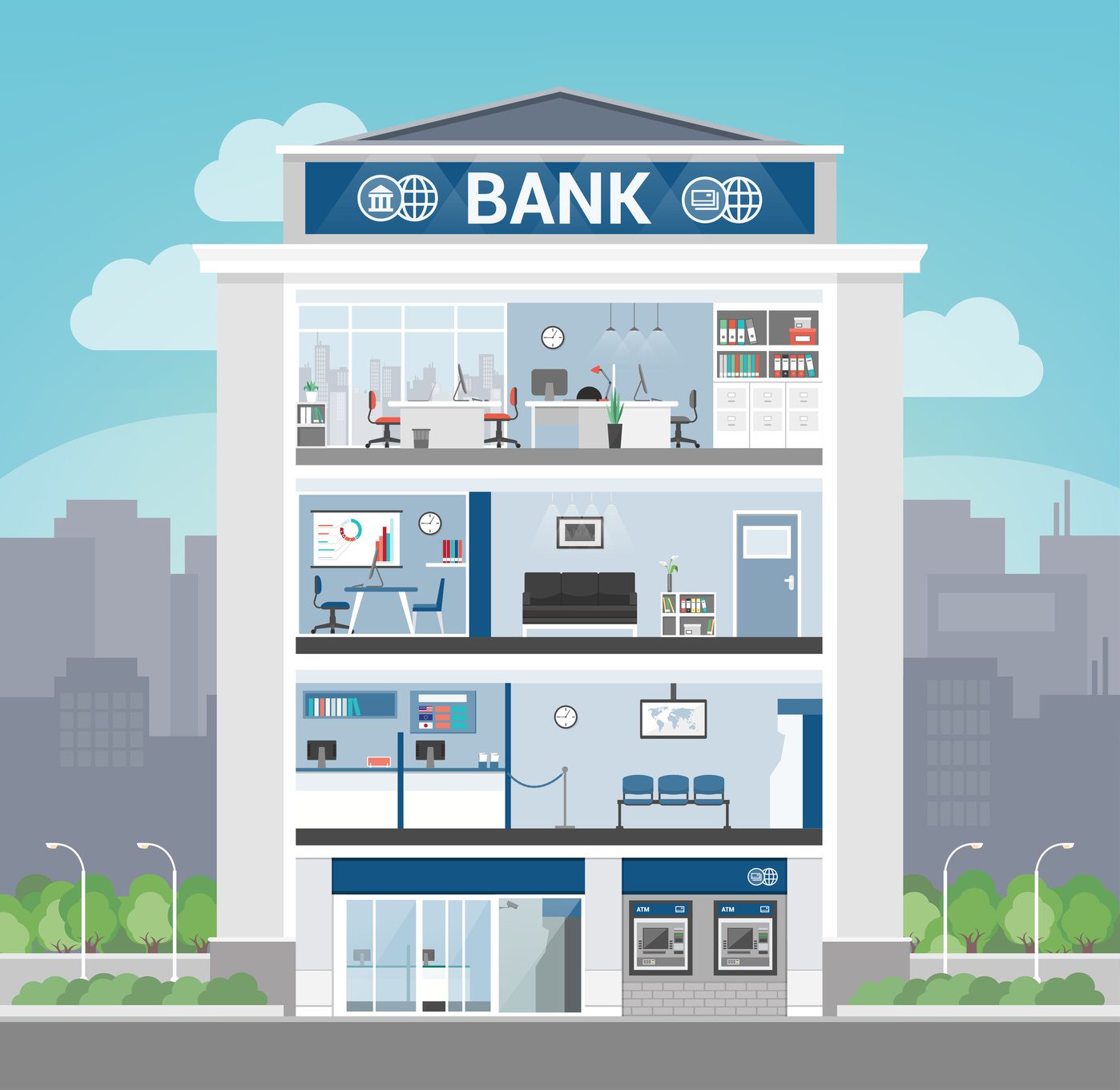There is no definitive data on all of this. Cash transactions are notoriously hard to track, in part because people use cash when they do not want to be tracked. But a simple ratio is illuminating. In 1970, at the dawn of plastic payment, the value of United States currency in domestic circulation equaled about 5 percent of the nation’s economic activity. Last year, the value of currency in domestic circulation equaled about 2.5 percent of economic activity.
On the other hand, currency is not disappearing, but rather the distribution of currency is changing.
The futurists who have long predicted the end of paper money also underestimated the rise of the $100 bill as one of America’s most popular exports.
For two decades, since the fall of the Soviet Union, demand has exploded for the $100 bill, which is hoarded like gold in unstable places. Last year Treasury printed more $100 bills than dollar bills for the first time. There are now more than seven billion pictures of Benjamin Franklin in circulation — and the Federal Reserve’s best guess is that two-thirds are held by foreigners. American soldiers searching one of Saddam Hussein’s palaces in 2003 found about $650 million in fresh $100 bills.
This is very profitable for the United States. Currency is printed by the Treasury and issued by the Federal Reserve. The central bank pays the Treasury for the cost of production — about 10 cents a note — then exchanges the notes at face value for securities that pay interest. The more money it issues, the more interest it earns. And each year the Fed returns to the Treasury a windfall called a seigniorage payment, which last year exceeded $20 billion.
Mercator notes that other unforeseen developments could drive a resurgence of cash usage. In recent consumer research conducted for TSYS, consumers who have become used to paying with debit often cite cash as their fall-back tender of choice, should the cost and convenience of using debit cards change significantly.
Read the article here:http://feeds.nytimes.com/click.phdo?i=ddbe10df9b70b9f0279501d682fdc496











